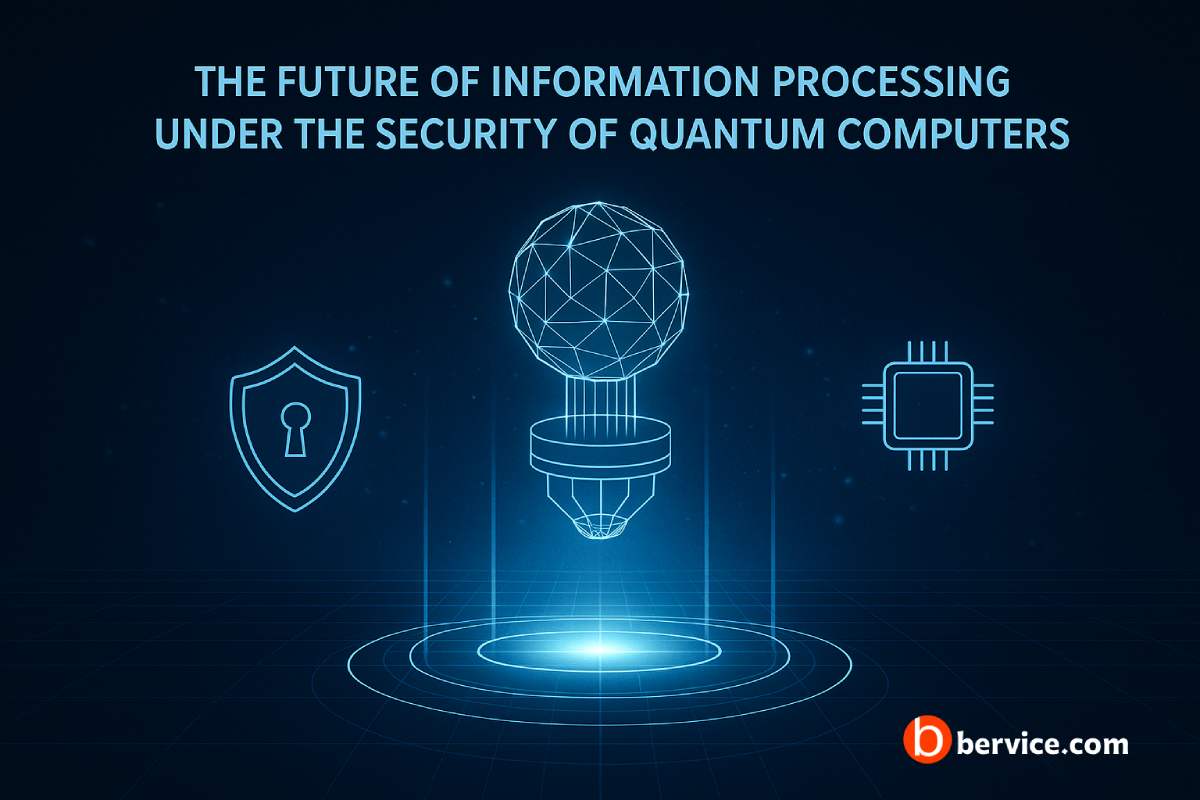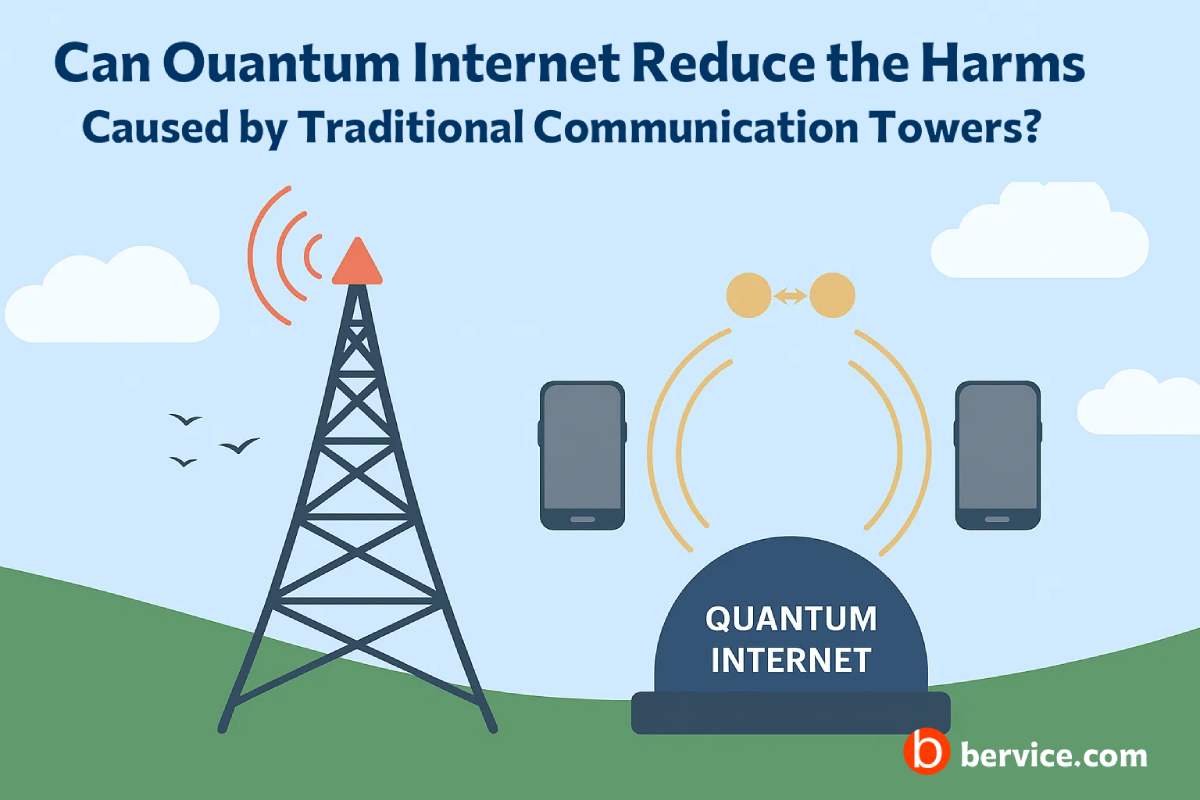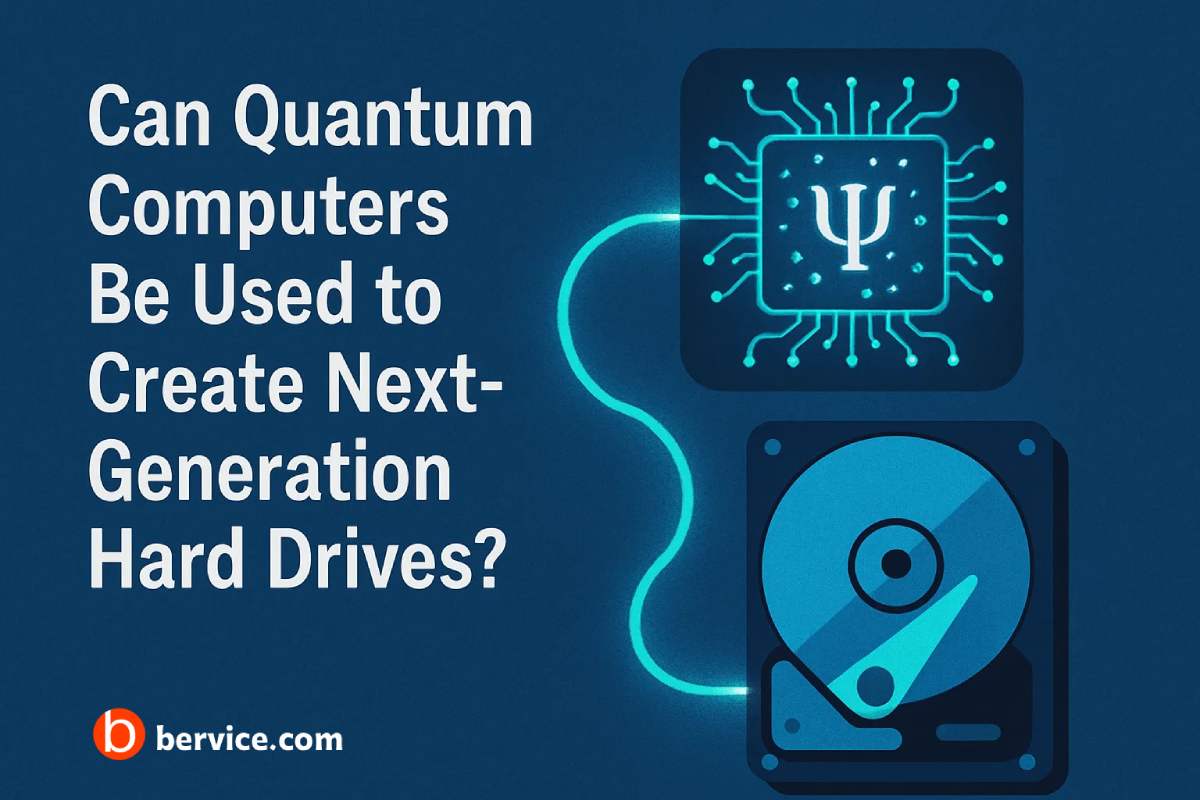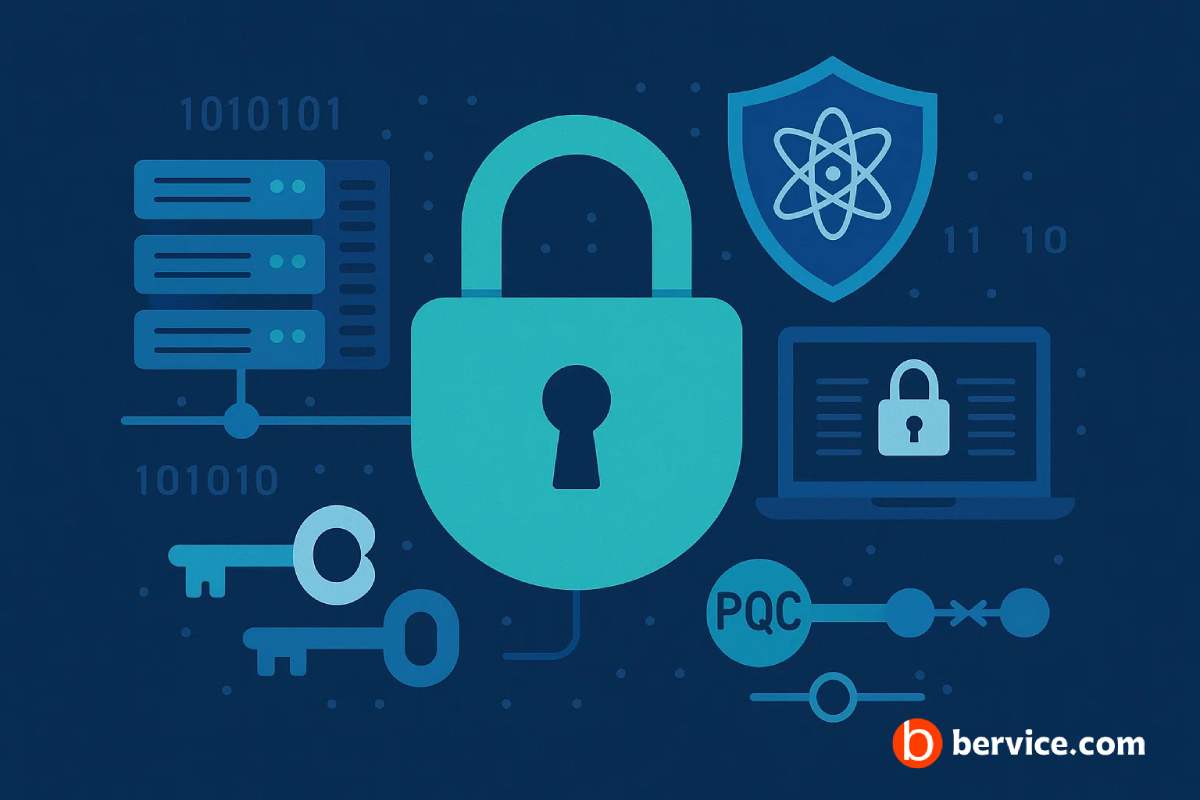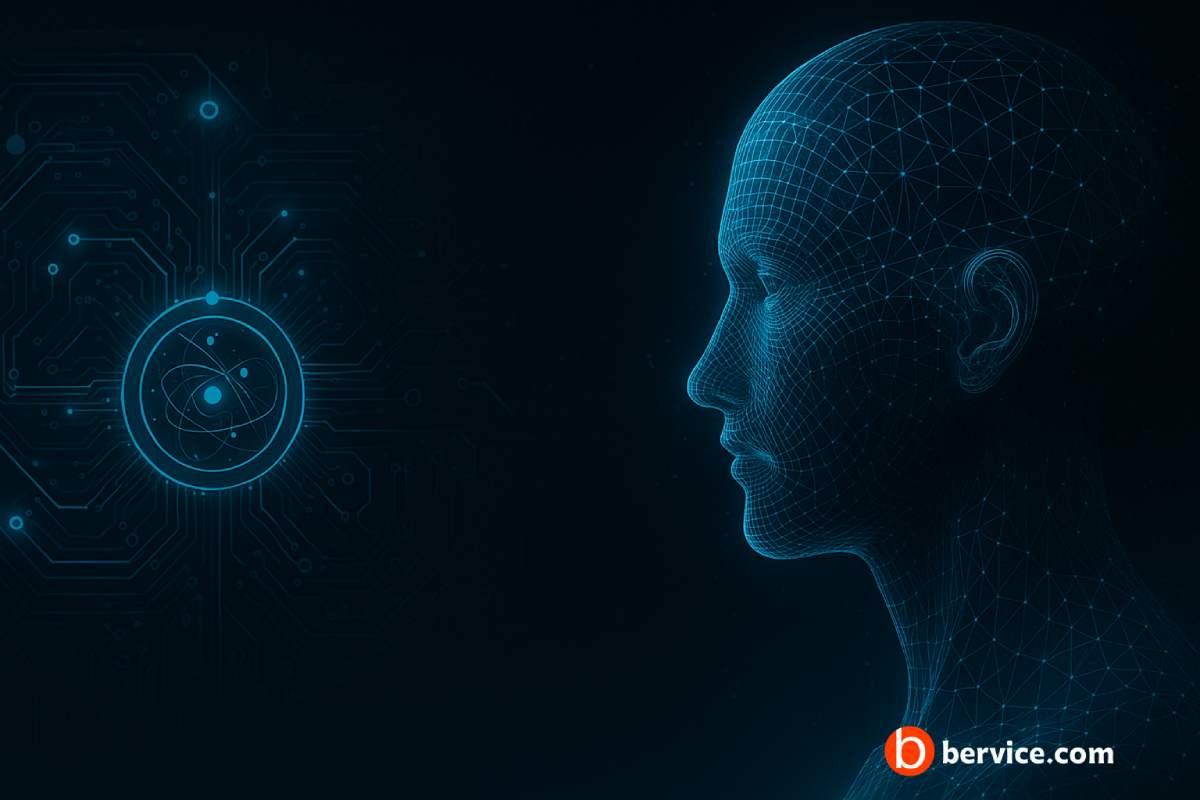
In an increasingly digital world, the security of information is of paramount importance. With advancements in quantum computing and the rise of blockchain technology, the landscape of data security is evolving rapidly. Blockchain and post-quantum cryptography (PQC) represent two critical technologies that can help safeguard information in the face of emerging threats. This article explores how these technologies work together to ensure robust security in the future.
Blockchain Technology: A Foundation for Secure Transactions
Blockchain technology is best known as the backbone of cryptocurrencies like Bitcoin and Ethereum. At its core, blockchain is a decentralized, distributed ledger that records transactions across many computers in such a way that the registered transactions cannot be altered retroactively. This makes blockchain inherently resistant to data tampering and fraud.
Key Features of Blockchain Security:
- Decentralization: Since blockchain operates on a decentralized network of nodes, there is no single point of failure. This distributed nature ensures that even if some nodes are compromised, the integrity of the blockchain remains intact.
- Immutability: Once data is recorded on a blockchain, it cannot be modified without altering all subsequent blocks, making it virtually impossible for malicious actors to change the transaction history.
- Cryptographic Security: Blockchain relies heavily on cryptographic techniques such as public-key cryptography (PKC) to secure transactions. Each transaction is verified using a private key, and the public key is used for validation. This cryptographic approach ensures that only authorized parties can access and modify data.
The Threat of Quantum Computing to Blockchain and Cryptography
While blockchain offers strong security features, the advent of quantum computing poses a significant threat to traditional cryptographic techniques. Quantum computers, with their ability to process complex computations at unprecedented speeds, could potentially break many of the cryptographic systems currently in use, including those used by blockchain networks.
For example, quantum computers could easily break the RSA encryption algorithm, which relies on the difficulty of factoring large numbers. Additionally, they could break the elliptic curve cryptography (ECC) commonly used in blockchain technology, which relies on the hardness of the elliptic curve discrete logarithm problem.
Post-Quantum Cryptography (PQC): The Next Generation of Encryption
To prepare for the age of quantum computing, researchers are developing post-quantum cryptography (PQC). PQC refers to cryptographic algorithms that are resistant to attacks by quantum computers. These algorithms are designed to protect data and communications even in a future where quantum computers are commonplace.
Key Features of Post-Quantum Cryptography:
- Quantum-Resistant Algorithms: PQC algorithms are based on mathematical problems that are believed to be difficult for quantum computers to solve, such as lattice-based problems, hash-based cryptography, and multivariate polynomial equations.
- Security Against Quantum Attacks: PQC aims to provide long-term security, even in the face of powerful quantum computers. These algorithms are being developed to secure communications, digital signatures, and data storage against future quantum-based attacks.
- Integration with Existing Systems: Post-quantum cryptography is being designed to be compatible with existing cryptographic systems. This means that PQC algorithms can be integrated into blockchain networks and other security protocols without disrupting existing infrastructures.
How Blockchain and Post-Quantum Cryptography Work Together
The integration of blockchain technology and post-quantum cryptography offers a promising solution to securing information in the post-quantum era.
- Quantum-Safe Blockchain: By incorporating PQC algorithms into blockchain systems, we can create quantum-safe blockchains. These blockchains would use quantum-resistant cryptographic algorithms to secure transactions, making them resistant to attacks by quantum computers.
- Long-Term Data Security: Blockchain’s immutability combined with PQC encryption ensures that even if quantum computers become capable of breaking current encryption methods, the data stored on the blockchain remains secure. This is especially important for industries that rely on long-term data storage, such as healthcare, finance, and government.
- Seamless Transition to Quantum-Resistant Systems: As quantum computers continue to evolve, blockchain networks can gradually implement PQC algorithms to provide a smooth transition from traditional cryptography to quantum-resistant cryptography without compromising the integrity of the blockchain.
Conclusion
Blockchain technology, combined with post-quantum cryptography, offers a powerful solution to securing information in the face of future threats. While quantum computing may challenge the security of traditional cryptographic systems, the development of quantum-resistant algorithms ensures that blockchain networks can remain secure. As these technologies evolve, they will play a crucial role in maintaining the integrity, privacy, and security of our digital world.
Connect with us : https://linktr.ee/bervice
